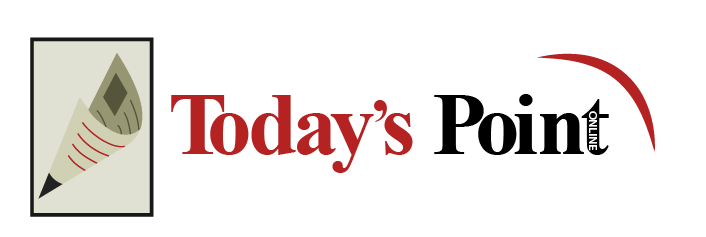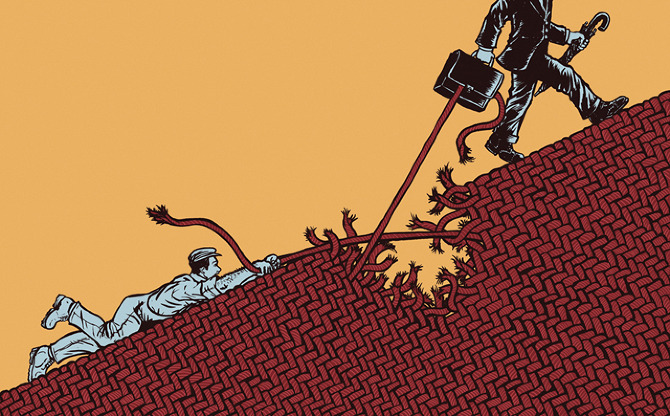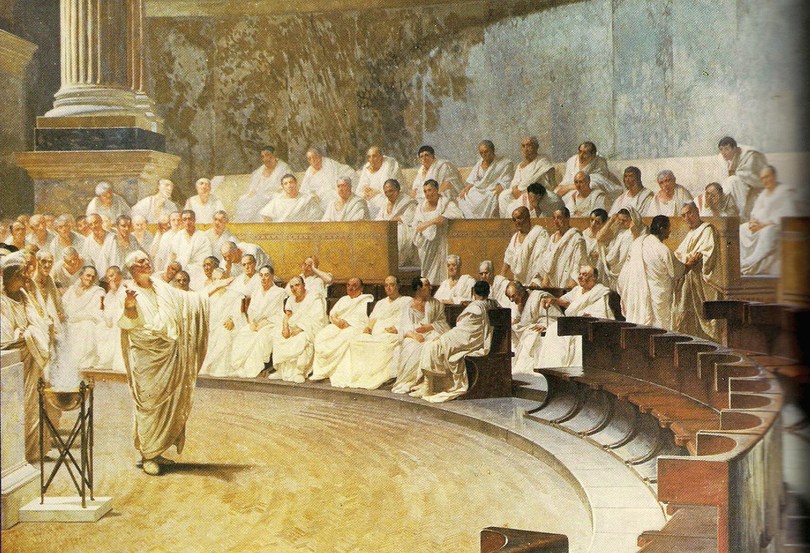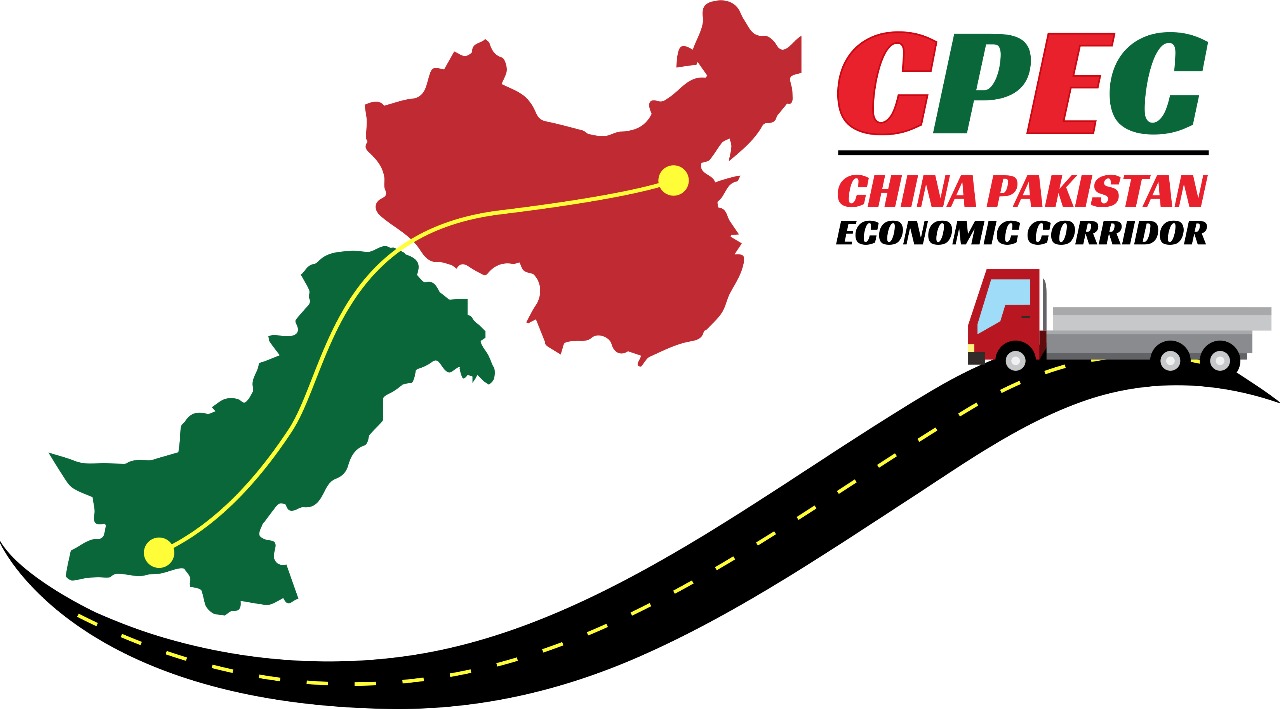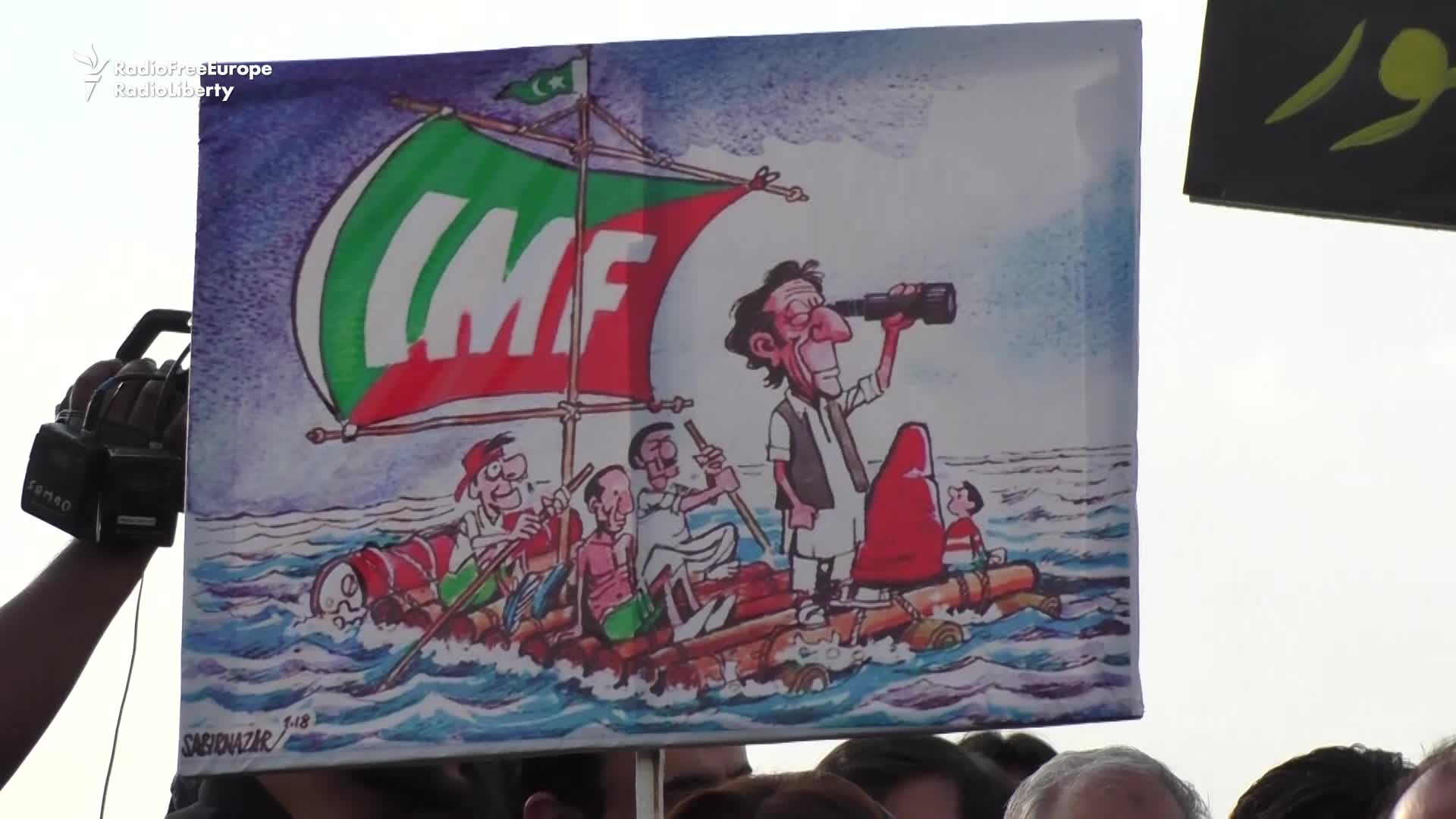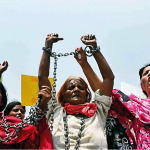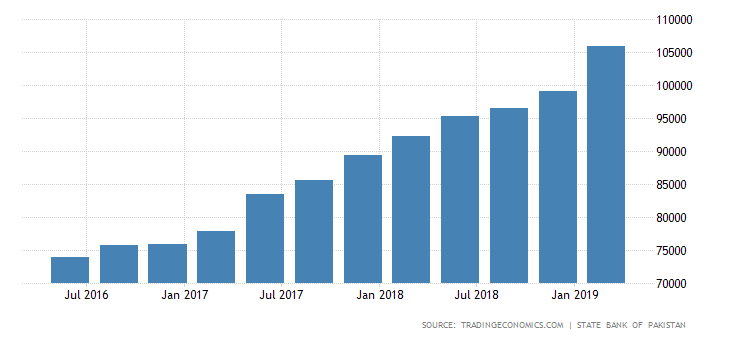The issue of inequality, which was shunted aside amidst rapid growth over the last few decades, has resurfaced with a vengeance, particularly after the global financial crisis. The trend has been rising in most of the countries despite rapid economic growth.
Oxfam reports that by 2016 the 1% will control more wealth than the rest of the 99% and this gap is likely to widen. The impact is so severe that it has afflicted the developed world as well. The trickle-down theory of growth is now called into question. Even IMF says that ‘Trickle Down’ Economics is, indeed, a Joke.
This situation for a country like Pakistan; already suffering different shades of classical social and economic inequality, is more challenging. To think about political participation and power sharing between the rich and poor regardless of gender, class or religion and most importantly where wealth is not concentrated in the hands of a handful, is still a dream for majority of the population in Pakistan. Be it access to justice, adequate nutrition, clean drinking water, enough food, quality education and healthcare, there is growing gap between the rich and poor, coupled with resigned indifference on the part of the state.
The poor social indicators are reflected from the extent of poverty, the human development index, GDP growth, public debt, the debt-to-GDP ratio and several other such yardsticks. In almost all cases, Pakistan is performing poorly. In the Human Development Index, Pakistan has stagnated at 146 in ranking out of 187 countries, with no change in 2014 as compared to 2013. In comparison, Sri Lanka improved its ranking dramatically from a rank of 92 out of 187 countries in 2013 to 73 in 2014.
According to a recent study of Oxfam, the children in Pakistan born in income-poor families in Pakistan in the year 2010-11 are less likely than those born in the year 1994-95, to break their poverty trap and move to middle class category. 82% of the children belong to rich attend School, while just 50% children of poor class attend School . At 8.5%, Pakistan is among the countries, with highest infant mortality. 11% of the young girls are married before the age of 15, jeopardizing their rights to health, education and protection.
With Gini index to measure the degree of economic inequality in Pakistan, the country stands out in Asia with 0.68, compare to India (0.40), Malaysia (0.46), China (0.51) Philippines (0.43) and Singapore (0.47). Pakistan’s 18 million richest people’s total consumption is 1.5 times more than the poorest 72 million people.
According to Alif Ailaan there are 25 million boys and girls (5 and 16) are out of school, which is 2nd highest in the world. While 60% population living below poverty line and 51% is food insecure. According to Global Slavery index 2014, Pakistan Ranks third in list 167 countries, where human slavery is most severe.
As for Gender inequality, Pakistan ranks last in women participation in the work force among the SAARC countries –What’s even more unfortunate, women own less than 3 % of the land in Pakistan. Agriculture sector may have the highest number of women working in the sector but 80 per cent of these women are regarded as unpaid family workers.
One can also find glimpses of prevailing inequality within different parts of the country and even within a province. For example, the Punjab province may be a developed province but persistent disparity abounds in its southern parts and moreover, Baluchistan province is the most glaring example of inequality among provinces.
The major reason behind rising social and economic inequality is IMF-dictated neoliberal economic policies, which has led to drastic cuts in social spending and generating poverty, joblessness and social exclusion. This is helping the rich to sustain power and wealth while the poor is ending up with increased vulnerability to external shocks.
Under the said situation, there is no evidence on the part of the current government to address the issue of rising social & economic inequality. It is much excited with the CPECand smelling large-scale investment from China and boasts about its foreign exchange reserves, built on borrowed money from IMF and other creditors, with least idea of repercussions of the reckless borrowing.
With the mounting external debt and circular debt owed to energy companies, the fiscal space for social sector expenditures is fast squeezing, leaving little room for the steps aiming at reducing inequality. On account of bad economic policies, by successive governments and regimes, Pakistan public debt is ever increasing and never come down since 2007. In the period between 2000-2007, Pakistan added $1.6 billion in external debt in 8 years but burdened the nation with further $19.6 billion in just 4 years (2008-11). In the later period, since 2008 it was the domestic debt more rapidly increased than the foreign debt.
The current PML-N govt. is no different from its predecessors and blindly borrowing from left and right. As of March 2015, total Debt liabilities stands at: Rs.19,299.2 billion. The Domestic Debt stands at: Rs.12,044.8 billion and Foreign Debt is Rs.6,385.3 billion. The Debt to GDP ratio stands at: 66.4% and Debt servicing stands at: $6.820 billion. The Ratio of revenue/debt repayments: 47%, which is alarming.
Loan for the sake of repayment of loans has emerged as inequality’s number one priority during the last decade as the country repaid $ 11.2 billion out of the total procured loans of $ 30.7 billion during the period. But the PML-N govt. has little time to think about the impacts of the burgeoning debt. On account of rising debt burden economic and social rights could be further undermined in Pakistan by the lack of respect for human rights. The social and economic cost of rising inequalities is high; it is damaging social fabric, creating violence and political instability in the country.
Along with bracing the repercussions of ongoing war on terrorism the people of Pakistan facing chronic energy crisis for the last 8 years. And it is the poor and particularly population in rural areas facing the implications. While rich can afford to buy expensive and alternative sources of energy, the poor have learnt to live without electricity and gas on an average 12 hours daily. People living without land in villages or surviving below minimum wage in urban areas could have escaped poverty, had there been progressive policies of just redistribution of nation’s resources.
To tackle the scourge of rising inequality, Pakistan need to take bold and serious steps to grapple with multiple drivers of inequality ranging from bad economic policies to poor governance; It has to get rid of neo-liberal market-led model of economy, which is main reason of accumulation of wealth in few hands. The Govt. should also introduce progressive taxation, prioritize the social sector expenditures; Health, Education and housing for all.
Last but not least it has to divorce chronic debt dependency, stop reckless borrowing and repudiate the illegitimate debts. The amount saved in result to cancellation of illegitimate debts should be utilized for the social sector. A Parliamentary Debt Audit Commission is need of the hour to dig out the illegal, odious and unsustainable debts of Pakistan. There is some sort of concern on the part of govt. in this regard as Advisor to the Prime Minister and Member National Assembly, Ramesh Kumar promised to present a Bill in the Parliament for the establishment of Debt Audit Commission.
END
http://www.independent.co.uk/news/business/analysis-and-features/the-wealth-that-failed-to-trickle-down-report-suggests-rich-do-get-richer-while-poor-stay-poor-9989183.html
https://www.oxfam.org/en/research/multiple-inequalities-and-policies-mitigate-inequality-traps-pakistan
http://tribune.com.pk/story/665437/at-8-6-pakistan-is-among-countries-with-highest-infant-mortality-unicef-report/
http://data.worldbank.org/indicator/SI.POV.GINI
http://www.dawn.com/news/1178703
The China–Pakistan Economic Corridor is an under construction, worth $46 billion megaproject which is intended to upgrade and expand Pakistani infrastructure
http://isej.org.pk/mna-propose-to-establish-debt-audit-commission/
